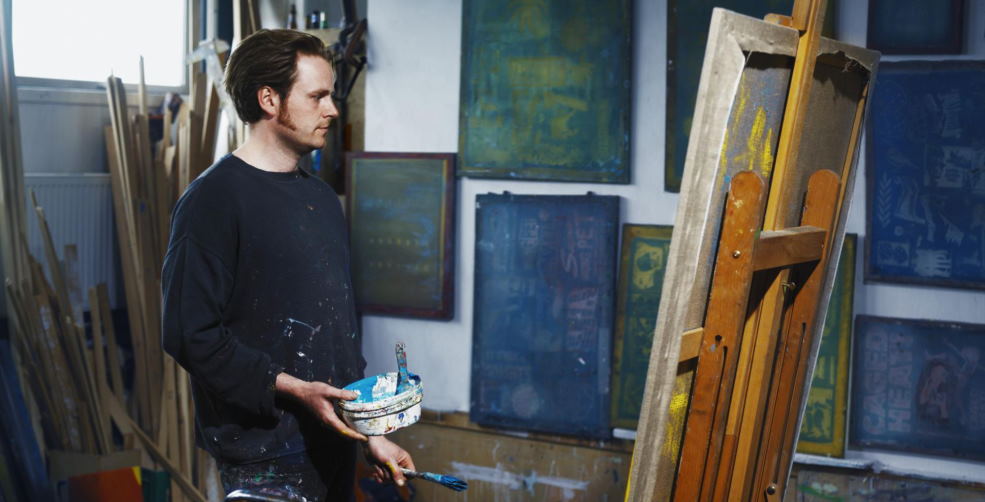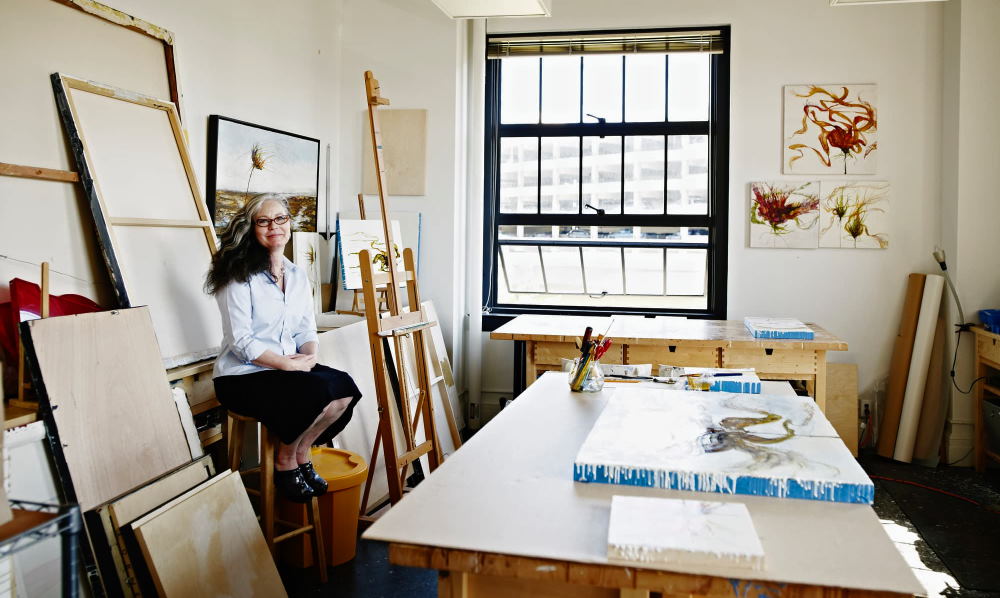This website uses cookies so that we can provide you with the best user experience possible. Cookie information is stored in your browser and performs functions such as recognising you when you return to our website and helping our team to understand which sections of the website you find most interesting and useful.
How to Evaluate Your Own Art: Tips for Amateur Artists
Feb 03
Are you an amateur artist? If so, you know that evaluating your work can be a challenge. It’s not always easy to be objective about your own art, particularly if you’re passionate about it. But taking the time to evaluate your own art is important, as it can help you identify your strengths and weaknesses and improve your skills. This article will discuss some tips for evaluating your own art. We’ll also provide a few resources that can help you get started. So, if you’re interested in improving your artwork, keep reading!
How do you evaluate an artwork?
There isn’t necessarily a right or wrong answer when it comes to critiquing your own work – it’s all about what works best for you. Some artists prefer to be very critical of their pieces, while others take a more positive approach and focus on the things they like about their work. It’s important to find a method that works for you and helps you grow as an artist.

- It can be not easy to judge your work objectively.
- Here are a few tips for evaluating your art:
- Look at your artwork as a whole. Ask yourself if the composition is pleasing and if the colors work well.
- Consider the individual elements of your piece. Are they correctly proportioned? Do they look realistic, or do they seem too distorted?
- Take into account how well you’ve executed your idea. For example, did you achieve it if you’re trying to create a certain effect?
- Ask others for their opinion. It can be helpful to get impartial feedback from someone who isn’t familiar with your work.
- Be honest with yourself. If you’re not happy with aspects of your work, don’t be afraid to make changes.
What gives an artwork value?
What makes an artwork valuable? This is a question that has puzzled art collectors and professionals for centuries. While many factors can contribute to an artwork’s value, three elements tend to stand out above the rest: rarity, historical merit, and aesthetic quality.

It is often said that art is in the eye of the beholder. This may be true to some extent, but other factors can contribute to an artwork’s value. Here are a few things to consider:
- The artist’s reputation: If the artist is well-known and respected, their work will likely be worth more.
- The age of the artwork: Older art pieces are usually worth more than newer ones.
- The condition of the artwork: A piece of art in good condition will be worth more than one damaged or deteriorating.
- The rarity of the artwork: A piece of art that is one-of-a-kind or very limited in supply will be worth more than a mass-produced piece.































